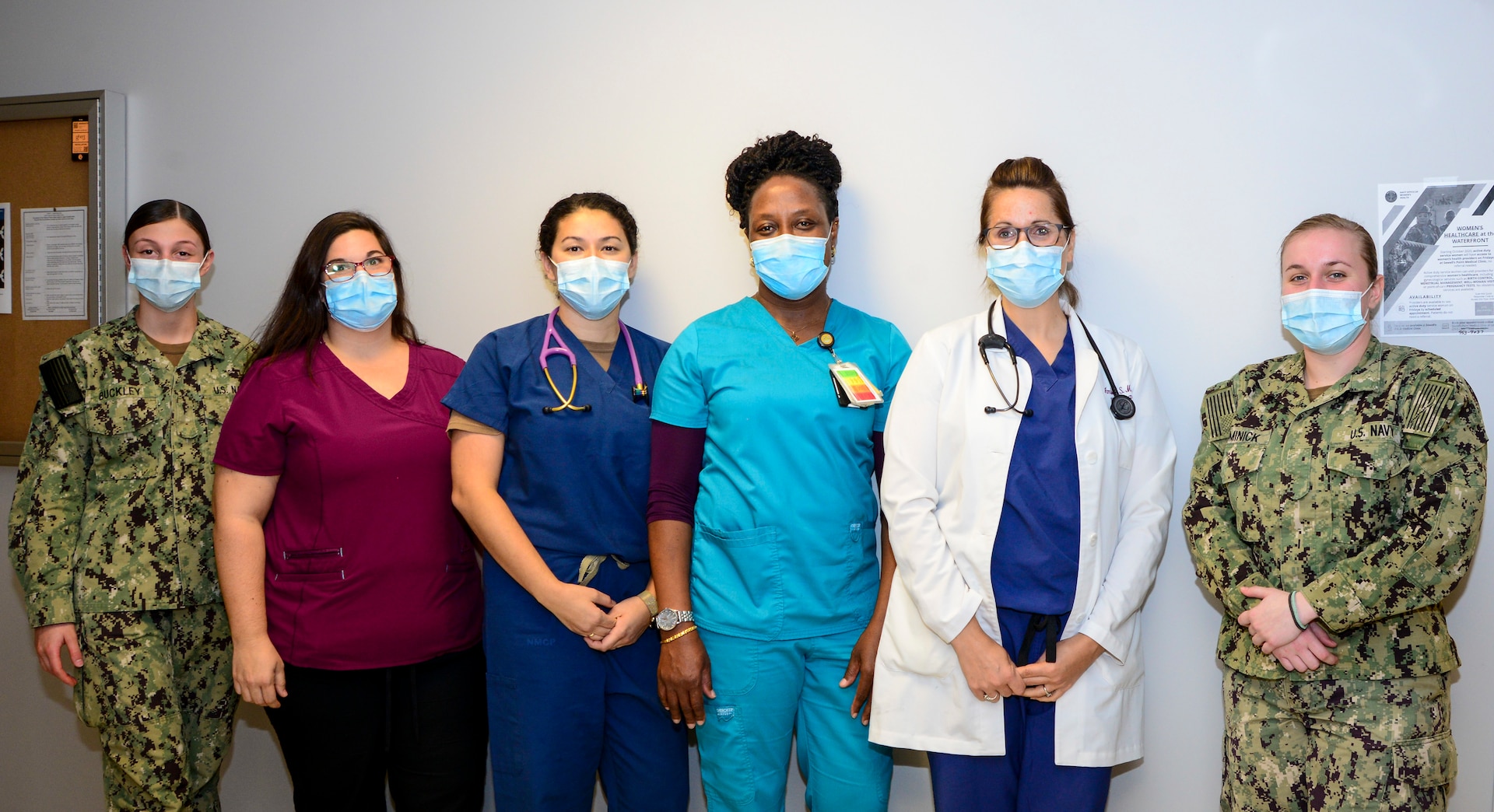As cyber threats continue to evolve, healthcare providers must adopt new strategies to protect sensitive data. In this article, we will explore the top cyber security challenges in healthcare and provide valuable insights on how to mitigate them.
It’s no secret that the healthcare industry has become a prime target for cybercriminals. With large amounts of sensitive patient data being stored online, healthcare providers must remain vigilant to protect against potential attacks.
One of the biggest challenges facing healthcare organizations is the rise in ransomware attacks. Criminals use ransomware to encrypt sensitive data, demanding payment in exchange for its release. These attacks can have devastating consequences, leading to significant financial loss and even medical emergencies if critical systems are compromised.
Another key challenge is the vulnerability of medical devices. Many of these devices lack proper security protocols, making them easy targets for hackers. This puts patients at risk, as hackers can compromise their medical treatments and potentially cause harm.
Phishing attacks are also a major threat to healthcare providers. Cybercriminals use increasingly sophisticated tactics to trick employees into disclosing sensitive information, such as login credentials and patient data. This can lead to costly data breaches and identity theft.
To combat these challenges, healthcare providers must take a proactive approach to cyber security. Implementing robust security protocols, such as multi-factor authentication and regular security audits, can help minimize the risk of data breaches. Employee education is also vital, as all staff members must understand how to identify and prevent phishing attacks.
The CyberSecurity challenges faced by healthcare institutions
1. Vulnerabilities arising from outdated software and legacy systems
As technology advances, older systems and software become vulnerable to newer cyber-attacks. Healthcare institutions are often behind in their technology upgrades, leaving them open to potential breaches. For example, the WannaCry ransomware attack in 2017 targeted older operating systems that had not been updated, causing widespread disruption to the NHS in the UK. It is important for healthcare institutions to keep their software up to date and invest in regular security updates.
2. The threat of insider attacks
Healthcare employees have access to sensitive patient information which can be used maliciously. This insider threat can be unintentional – such as a lost device or an email sent to the wrong person – or intentional, whereby the employee aims to profit from the information. To combat this, healthcare institutions must implement strict access controls, monitor employee activity, and provide regular training to staff on best practices for data protection.
3. Coordination with third-party vendors
Many healthcare institutions rely on third-party vendors for services such as cloud computing or medical devices. However, these vendors may not have the same level of CyberSecurity measures in place as the healthcare institution. Therefore, it is essential to establish clear contracts with vendors that outline their responsibilities and obligations with regards to CyberSecurity. Healthcare institutions should also regularly assess the security measures of these vendors and implement additional safeguards if necessary.
